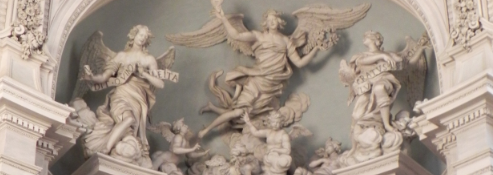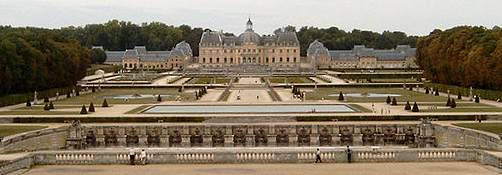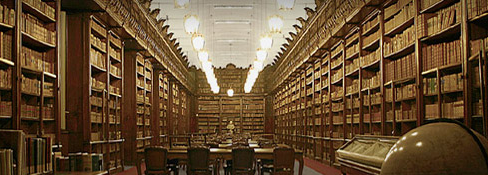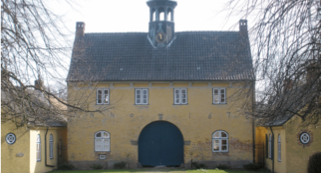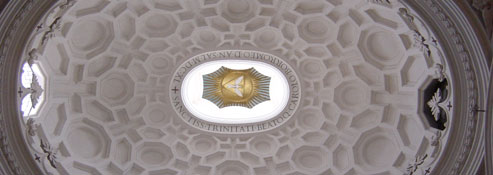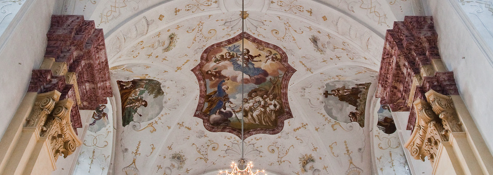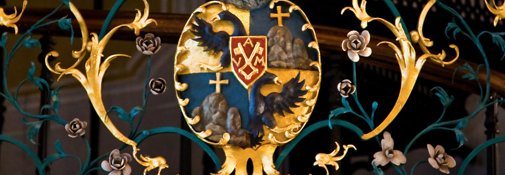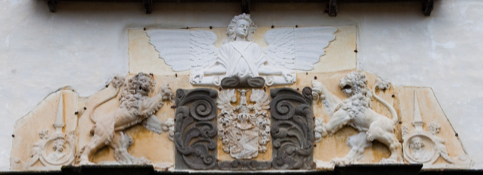Author: Sonia Horn - Medizinische Universitaet Wien
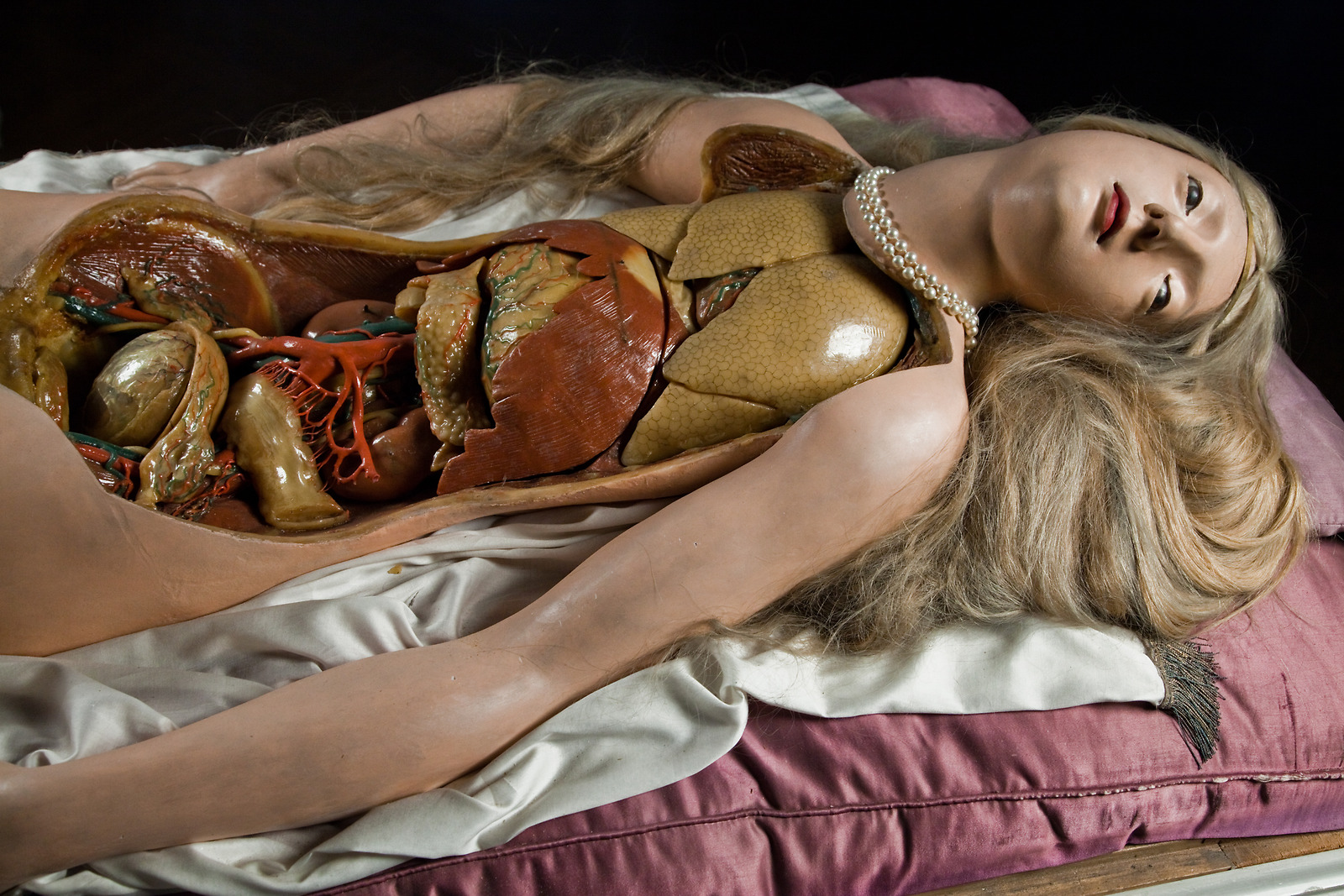
The anatomical wax models of the "Josephinum Museum" of the Medical University of Vienna were modelled in the late 18th century, the age of Enlightenment that was already dominated by completely different schools of thought than the Baroque period. Scholars and "enlightened" circles were of the opinion that every man should be considered an intelligent being, able to make intelligent decisions. The insight into facts and circumstances was very important in this respect, which is why education and the dissemination of knowledge were seen as crucial measures for guiding people towards intelligent behaviour.
The anatomical wax models, which were open to the public, were meant to impart knowledge about how the human body is built. The aim was to show the public what a healthy body looks like and how it functions. We must keep in mind that in the Habsburg countries, "health education" already started in elementary school. They even had proper schoolbooks. The wax models served to complement this education. It is therefore little wonder that the models were depicted very "beautifully" in order to convey the beauty of a healthy human body - a "set target for orientation purposes", so to speak. After all, keeping oneself healthy was considered a citizen's duty.
In order to make the models particularly "beautiful", the sculptors resorted to existing images to meet the public taste. This is why the anatomical wax models frequently copy the Baroque fashion of depicting people - poses, liveliness, emotions and much more represent the "touch of Baroque".





